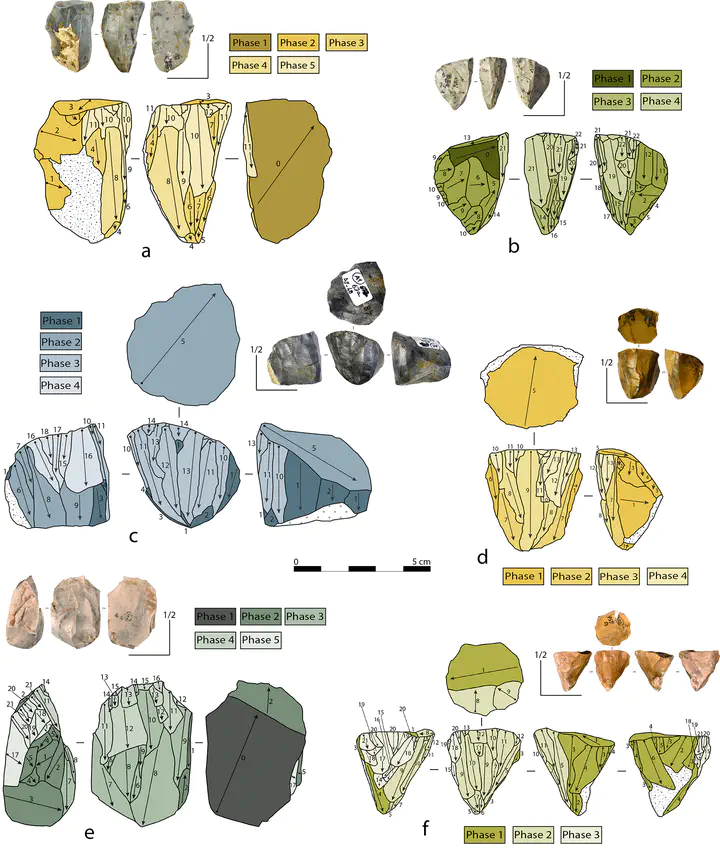Breaking through the Aquitaine frame: A re-evaluation on the significance of regional variants during the Aurignacian as seen from a key record in southern Europe

Abstract
The cultural dynamics that led to the appearance of the Aurignacian have intrigued archaeologists since the start of Paleolithic research. However, cultural reconstructions have often focused on a restricted region of Europe, namely the northern Aquitaine Basin. The Mediterranean Basin, though, is also a region worthy of consideration when testing if the Protoaurignacian was followed by the Early Aurignacian adaptive system. Fumane Cave is a pivotal site for tackling this issue because it contains evidence of repeated human occupations during the time span of the European Aurignacian. Here we investigate the diachronic variability of the lithic assemblages from five cultural units at Fumane Cave using a combination of reduction sequence and attribute analyses. This paper also reassesses the presence and stratigraphic reliability of the organic artifacts recovered at Fumane Cave. Our results show that the features of the Protoaurignacian techno-typology are present throughout the stratigraphic sequence, and by extension, to the onset of Heinrich Event 4. Additionally, the appearance of split-based points in the youngest phase is evidence of extensive networks that allowed this technological innovation to spread across different Aurignacian regions.